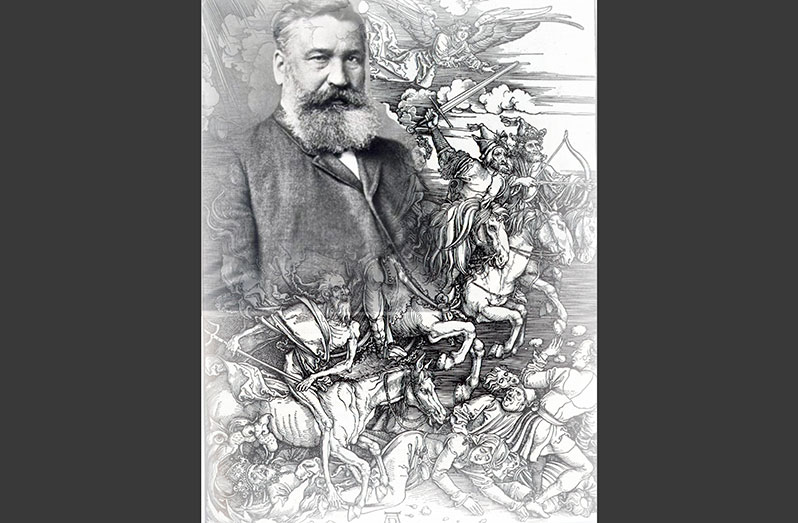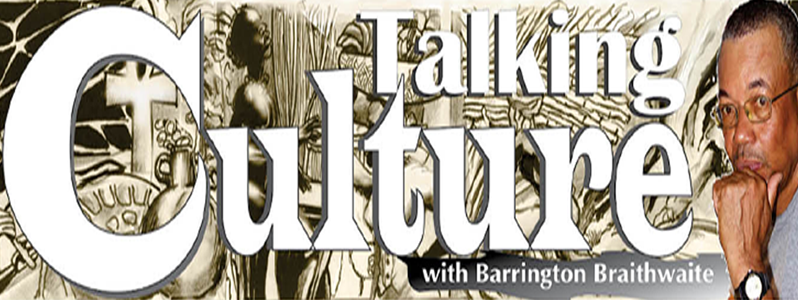– Exploring the current European landscape of conflict
AT the ERC, I insisted that the historical memory does not go away. It is a reference that persists, and modules must be developed seriously to engage what dwells in its shadows, both the real and the imaginary. To some levels, we attempted bravely to dare this task. Now we are all spectators of a theatre where the historical memory can be construed to be the impetus of a dangerous adventure. Still, a development whose escalation we can be consumed by, or if good faith prevails, we can be much wiser yet. This article is a brief observation based on the relevant public discussions of the modern-era discussions and text of the evolution of the post-Roman European tribal conflicts.
On the related platform, we begin with the Crusader era, and the Germanic Teutonic Knights, and their European conflicts against the Slavic peoples of the same, over the land space they occupied, that still bears the original name, East-Prussia, which was at that time not populated by a non-Christian Slavic people, The T-Knights waged war, and it was a savage conflict, though brave and brutal the Prussians lost. Thus, the slaves were deported, enslaved and murdered; man, woman, and child. East-Prussia was then re-populated with ethnic Germans. From the 1200s onward, the turning point came with their direction of conquest against another Slavic people, ‘the Poles’ July 1410, the Western Slavic nations were their objective, Poland in the lead, at Tannenberg the dye was cast and the Teutonic knights lost. The ‘Knights’ were ignored in the said ‘Age of enlightenment,’ but of course, a new age of inhumanity was soon born, ‘the age of European colonization’ a principal work emerged that influenced Euro-thinking, no doubt towards where ever they exploited, Von Treitschke in 1862 argued that “the Teutonic Knights were a bulwark against the Slavonic east, and: ‘In the unhappy clash between races inspired by fierce, mutual enmity, the blood-stained savagery of a quick war of annihilation is more humane, less revolting, than the specious clemency of sloth, which keeps the vanquished in the state of brute beasts.’ Of course, the Slavs took the same interpretation of the essay and the Teutonic Knights from their perspective. See-Osprey -campaign ‘TANNENBERG 1410’ The Russian army would defeat Konigsberg {East Prussia} and occupy it, post-WWII
 RUSSIA: 1932-33 we begin with the man-made famine in Ukraine, which was caused by Stalin’s confiscation of ‘all food’ and the prohibition of any food from entering the Ukrainian Republic. This led to an estimated number of deaths of over 4,000,000 people. In 2010, a Ukrainian court found Stalin, among others, guilty of ‘Genocide.’ The beginning of WWII, on September 17 Russia invaded Poland from the east, while on September 1, 1939, Germany had invaded from the west. The invasion of Poland was conducted by both Germany and Russia; on the agreement of the Molotov-Ribbentrop Pact, the intent to steal land spaces, and with Germany to enact changes made by the WWI treaty of Versailles. The downside of this was the application by Russia of settling old scores with defiant Poland. Perpetuating as reported by eye-witness reports of prison coaches driven by the NKVD (Russian secret police) speeding towards the Katyn forest -this time it was the Nazis who revealed on exhuming some 4,100 Polish officers, bound and shot behind the head that were mass buried in the Katyn Forest, April 17, 1943. Other bodies found were Russian citizens of Stalin’s purges. This incident of the Polish officers is suspected of having happened in the spring of 1940. Germany would invade Russia on the June 22 1941, Operation Barbarossa had begun. The Germans would practise the most ruthless recommendations of Von Treitschke’s theory.
RUSSIA: 1932-33 we begin with the man-made famine in Ukraine, which was caused by Stalin’s confiscation of ‘all food’ and the prohibition of any food from entering the Ukrainian Republic. This led to an estimated number of deaths of over 4,000,000 people. In 2010, a Ukrainian court found Stalin, among others, guilty of ‘Genocide.’ The beginning of WWII, on September 17 Russia invaded Poland from the east, while on September 1, 1939, Germany had invaded from the west. The invasion of Poland was conducted by both Germany and Russia; on the agreement of the Molotov-Ribbentrop Pact, the intent to steal land spaces, and with Germany to enact changes made by the WWI treaty of Versailles. The downside of this was the application by Russia of settling old scores with defiant Poland. Perpetuating as reported by eye-witness reports of prison coaches driven by the NKVD (Russian secret police) speeding towards the Katyn forest -this time it was the Nazis who revealed on exhuming some 4,100 Polish officers, bound and shot behind the head that were mass buried in the Katyn Forest, April 17, 1943. Other bodies found were Russian citizens of Stalin’s purges. This incident of the Polish officers is suspected of having happened in the spring of 1940. Germany would invade Russia on the June 22 1941, Operation Barbarossa had begun. The Germans would practise the most ruthless recommendations of Von Treitschke’s theory.
Ukraine saw the entrance of the Nazi army justifiably as liberation from Stalin, what is amazing is how quickly they applied to the extermination of peoples, while assembling them on the rouse of deportations, with cooperation to the Nazi Einsatzgruppen policies, and joined their ranks of murder as the Ukrainian militia, to become participants in genocide, identified as western Ukrainians. See- MASTERS OF DEATH by Richard Rhodes. The Poles in Volhynia and Eastern Galicia a population of some 60,000 people, were murdered as policy of the ‘Bandera Faction of the Ukrainian Nationalists.’
Then there was France, under Napoleon, who had invaded Russia in 1812, with an army of 600,000 men. Upon entering Moscow after vicious defence engagements, the Russian army retreated. But capturing Moscow did not produce the victory Napoleon had foreseen, soon without food, from a scorched-earth Russian defence application. Thus, his army collapsed, enveloped by a relentless winter, Napoleon retreated with a remaining 40,000 men. This was the beginning and the end of Napoleon, the tragic retreat had broken the myth of the French invincibility. Thus, the historical memory vein that lies beneath the media reports of the troubling current Eastern European landscape and all of Europe. But mainly unknown to most of the world.
More important is CRIMEA: handed over to Ukraine by Khrushchev as a goodwill gesture, long a treasured location and a part of Russia, of some 200-plus years and home to their Black Sea fleet. This is no ordinary conglomeration of unsettling issues.
In closing. It was Napoleon who commanded the largest military expedition to retake San Domingue (Haiti) from Toussaint, his secret orders to his brother-in-law General Leclerc, was the extermination of the African men under arms. This did not occur, because they defied Leclerc and France and became ‘History’s only successful slave rebellion-see Drums of Freedom-Saga of the Haitian Revolution-Graphic novel; on kindle. The question remains how does the suspicion and anticipation of provocative gestures be prevented that can summon the impulses of the ‘Historical Memory’?





.jpg)








